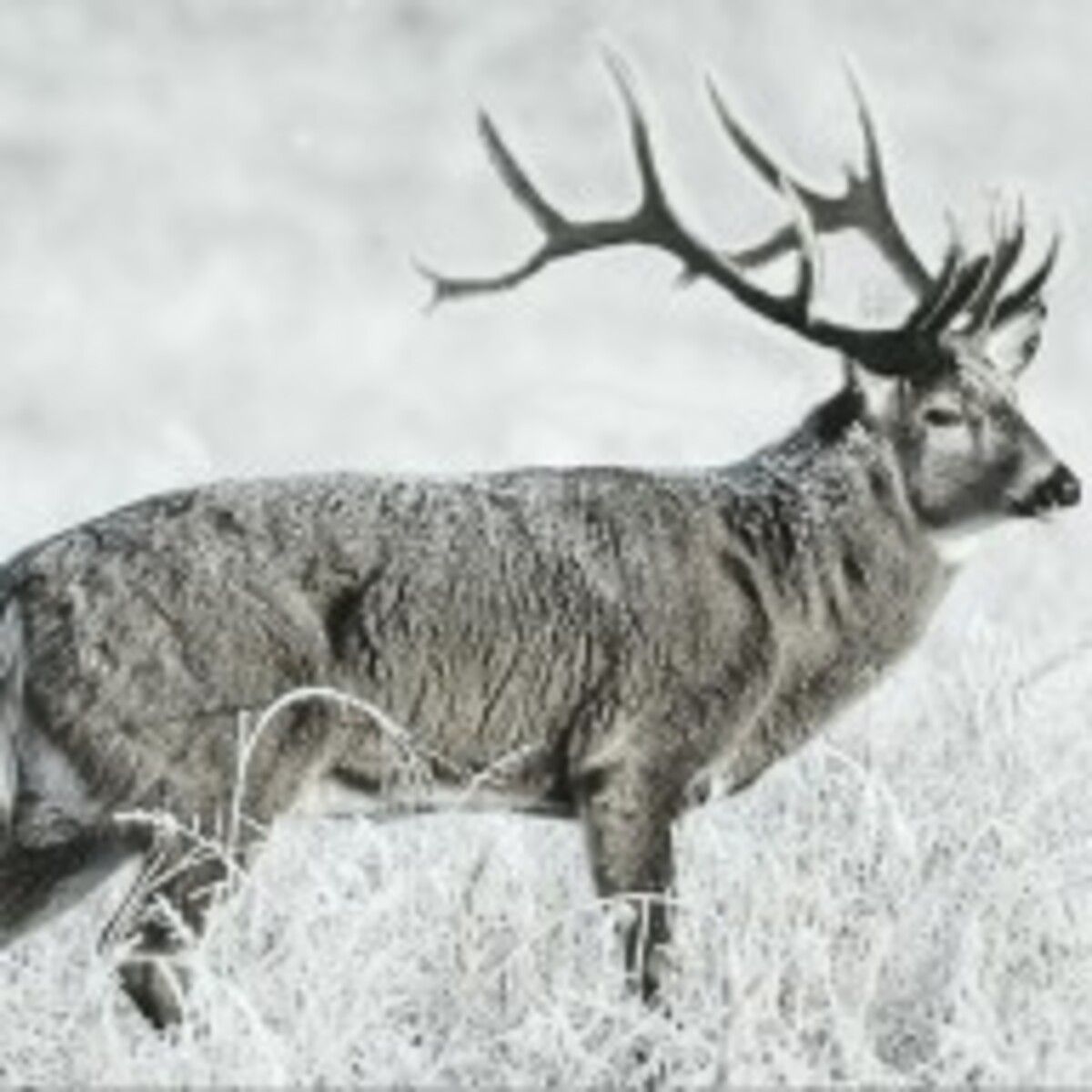
Wyoming Game and Fish Department
In the rugged landscapes of the Greater Yellowstone Ecosystem, a new study has upended long-held assumptions about wolf behavior. Published back in August, the research shows that gray wolves aren't as tethered to their dens as scientists once thought. Instead, these apex predators are demonstrating remarkable adaptability, migrating long distances—even with vulnerable pups in tow—to follow the seasonal movements of their primary prey, elk.
This new data not only highlights the intricate dance between predator and prey but also raises important questions about elk population health and perhaps even the future of hunting in the region.
Wolves as Nomadic Hunters
The study, led by researchers from the University of California, Berkeley, and the Wyoming Game and Fish Department, focused on wolf packs in the eastern Greater Yellowstone area, particularly those tracking the partially migratory Cody elk herd.
Using GPS collar data from 19 wolves and 99 elk collected between 2019 and 2021, the team uncovered three main movement strategies employed by wolves. First, they found that some packs fully relocated, shifting from winter to summer ranges with no overlap, often moving dens and rendezvous sites (where pups are raised post-denning) to align with elk summer habitats. Secondly, researchers noticed that other packs commute, or make regular trips between seasonal ranges without fully relocating their family units. Finally, the third subset was found to take up residency and remained in fixed areas, preying on non-migratory elk subpopulations as they passed through.
“These wolves are migrating,” said lead author Avery Shawler. “They’re using different areas in the winter and summer and there is some evidence that they might be doing that to track their prey. We have collar data that shows that winter and summer range don’t overlap at all, and that is the definition of migratory.”
This adaptive behavior allows wolves to capitalize on elk availability year-round, challenging the idea that pup-rearing seasons limit pack mobility. The research emphasizes that wolves' tactics are directly tied to the partial migration of elk herds, where some animals travel long distances for better forage while others stay put.

Summary of wolf response predictions and analytical criteria used to assess whether wolves remain resident, commute, or migrate in response to elk movement strategies
Impacts on Elk Populations
From an ecological standpoint, these findings ultimately suggest that elk may face heightened predation pressure than previously assumed. Migratory elk, which move to exploit seasonal resources like fresh grass in remote summer ranges, can no longer reliably "escape" wolves by leaving winter grounds. The study notes that "migratory ungulates may not be able to escape predators exhibiting migratory coupling," implying that wolves' ability to follow could lead to more efficient predation, particularly during vulnerable periods like calving season.
Uneven pressure on subpopulations could result from wolves tracking long-distance migrants, potentially reducing their numbers or forcing behavioral changes, such as altered routes to avoid wolf-heavy areas. Resident elk, meanwhile, could experience steady pressure from non-migratory packs. Elk might expend more energy evading wolves, leading to poorer body condition, lower reproduction rates, or reduced calf survival.

In the Greater Yellowstone, where elk populations have fluctuated since wolf reintroduction in the 1990s, this added dynamic could exacerbate declines in certain herds. Broader changes, like climate-driven shifts in migration timing (like earlier snowmelt), could disrupt this balance, concentrating elk in areas where wolves can prey more easily. The study warns that "shifting ungulate migrations may impact predator movements and ecosystem dynamics," potentially affecting vegetation recovery through trophic cascades but stressing elk herds in the process.
While the research doesn't quantify exact predation rates or population drops, it builds on historical data showing that wolf presence has contributed to elk declines in parts of Yellowstone, alongside factors like drought and human hunting.
As hunters who rely on healthy elk populations for sustainable harvests, it’s not necessarily time to sound the alarms but it is something we ought to keep an eye out for. As predator movement could very well lead to altered elk distribution, this study could perhaps be yet another feather in our cap for policy debates that will undoubtedly arise in the near future. As we continue to monitor wolf-elk interactions, hunting quotas will likely require alteration for balanced predator management, a topic we’re all certain will end up fueling additional debates over the already contentious subject of wolf management in the American west.

